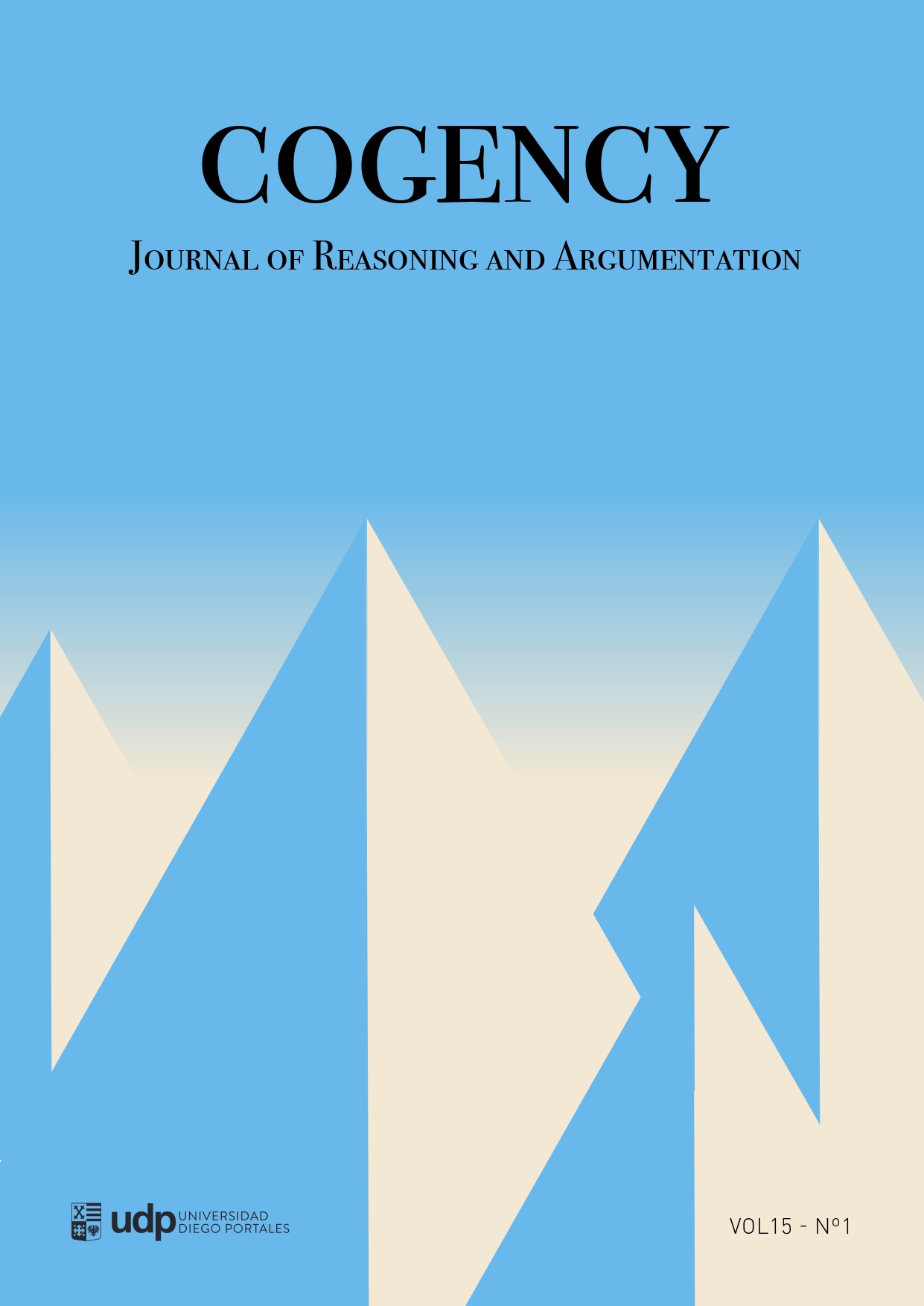Pragmatic realism in chemistry
DOI:
https://doi.org/10.32995/cogency.v15i1.388Abstract
The term ‘polymath’ comes from the Greek ‘πολυμαθής’ (‘polimathós’) and means “who knows many things”. It was coined in the Renaissance and was paradigmatically applied to Leonardo Da Vinci for well-known reasons. In today’s world of hyper-specialization, extremely few individuals embody the ideal of the Renaissance man and his polymathy: one such exceptional case is Roberto Torretti. His overwhelming intellectual power allowed him not only to be self-taught in multiple and dissimilar areas, but also to excel in all of them.
It is impossible to cover all or even many of the aspects that Torretti developed during his academic life. Therefore, those of us who admire him so much can only take a specific issue and try to contribute to his work with some detail. This is the strategy I will adopt in this article. In particular, I will take as a starting point Torretti’s defense of what he called, following Hilary Putnam, “pragmatic realism”, as well as the particular examples, coming from physics, that he presented to support his position. The aim of the present article is to add a new example, but in this case coming from chemistry: the use of Born-Oppenheimer approximation in the field of quantum chemistry. For this purpose, the paper is organized as follows. In Section 2, I will recall pragmatic realism as conceived by Torretti, and the two examples to which he resorts: Hawking’s explanation for black hole evaporation, and the account of the precession of Mercury’s perihelion. Section 3 will be devoted to introducing an overview of what has been perhaps the central problem of the philosophy of chemistry since its inception: the relationship between chemistry and physics, in particular quantum mechanics. This presentation will allow me, in Section 4, to explain the problem of molecular structure as a particular case of the above problem. On this basis, in Section 5 the role of the Born-Oppenheimer approximation in the account of molecular structure will be discussed, showing how this case points to the same direction as Torretti’s examples. Finally, in Section 6, I will make some closing remarks.
Downloads
Published
How to Cite
Issue
Section
License
Copyright (c) 2023 Olimpia Lombardi

This work is licensed under a Creative Commons Attribution 4.0 International License.





